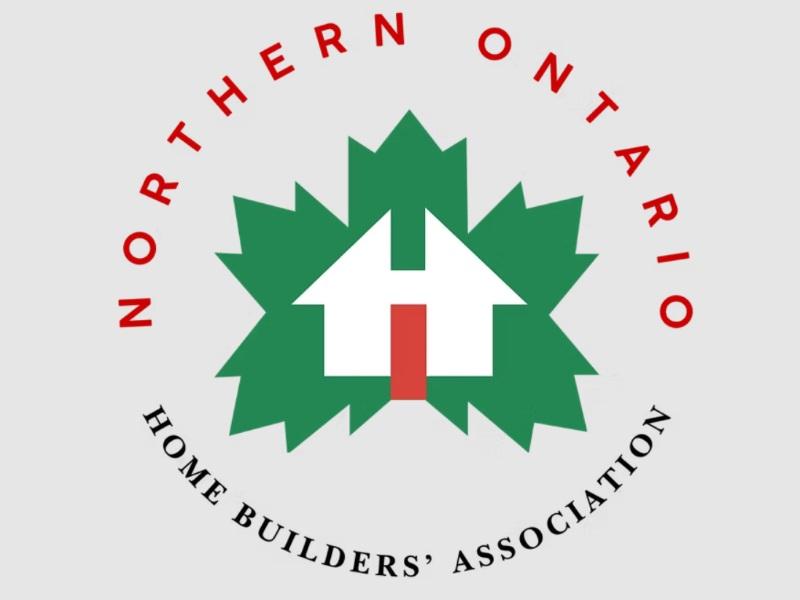Declining interest rates have yet to translate to a boost in Canadian home sales, but with mortgage rates falling and new mortgage rules coming soon, more first-time buyers could be motivated to finally get off the sidelines.
Starting Dec. 15 first-time buyers will be eligible for 30-year mortgages and the insured mortgage cap will be raised to $1.5 million from $1 million. The new mortgage rules announced on Sept. 16 aim to ease affordability challenges for first-time buyers, particularly in more expensive markets like Toronto and Vancouver.
For years, house hunters in these more in-demand markets were bidding above asking and willingly waiving conditions, like home inspections, to beat the competition. While today’s pricier markets are less competitive than they were during the pandemic, cheaper mortgages will likely prompt more demand for housing, driving up competition once again for first-time buyers.
A survey conducted of potential homebuyers earlier this year by digital real estate platform Wahi indicated that one in five Canadians plan to buy a home in 2024, and those 35 years old or younger have the biggest appetite for purchasing property.
For first-time homebuyers starting their home search, figuring out where to live is an important first step.
Finding your ideal neighbourhood
As the saying goes, real estate is all about location, location, location.
Even if a homebuyer finds their dream home, if they’re unfamiliar with the area, they’re only seeing one part of the equation. Getting a true sense of a neighbourhood is equally important as finding the right home. After all, buying a home is never just about the property; it’s about the community, atmosphere and the characteristics of the neighbourhood.
Nothing replaces the importance of buyers spending time in the neighbourhoods they are considering calling home. Visiting an area at different times of the day, checking out the nearest community centre, sitting in a local cafe, and speaking with potential neighbours can give buyers a good sense of the area.
Quantifying the feeling of a neighbourhood, however, can be more of a challenge. It can be difficult to pinpoint why one home may be more valuable than a similar one just a few streets away.
Having an understanding of a neighbourhood’s specific attributes can help buyers make informed real estate decisions — and this is where data can help.
How data can help
Data can help buyers hone their property search by providing insights into a neighbourhood’s characteristics to see if the area aligns with their needs, lifestyle and budget. For some families, that could mean being in a neighbourhood with the best-rated schools, while others may prioritize being close to restaurants and shopping or having parks nearby.
Some real estate platforms offer neighbourhood scores in their property listings, which help buyers get more granular in their property searches. Local scores provide ratings for attributes such as access to amenities like restaurants, cafes, shopping and nightlife, nearby parks and schools, walkability, access to transit, quietness, and more.
With these data points, potential buyers can uncover the unique features of a neighbourhood that they may not have otherwise known about. And based on their preferences, homebuyers may even discover communities they hadn’t considered.
Beyond the livability of a neighbourhood, school data within the neighbourhood profile can help families looking for homes with school options. Buyers can use this information to see which elementary or high schools are nearby and how highly they’re rated.
Homebuyers can also access the demographic data of a specific neighbourhood, which shows an area’s population characteristics such as mother tongue, education level, age, income and even the percentage of owners versus renters in the area.
Buyers can search for properties best suited to their lifestyle using a neighbourhood finder tool, like this one for the Greater Toronto Area. People searching for homes in this area can filter for a wide range of characteristics, from budget and property type to the neighbourhood vibe, proximity to amenities, and schools in the catchment zone.
Buyers can even look for neighbourhoods based on how far they’re willing to commute from home to work. Once all the filters are selected, the home hunter is presented with a list of recommended neighbourhoods based on their preferences.
While nothing replaces spending time in a neighbourhood to get a feel for the community, using data to see which areas align with their personal preferences allows homebuyers to visualize important characteristics in one place for a smarter and faster home search experience.
Benjy Katchen is the CEO of Wahi, a digital real estate company that redefines the homebuying experience by putting more power into consumers’ hands. By combining cutting-edge tech and market data with expert REALTORS, Wahi offers unmatched access to insights, tools and the team that makes buying a home faster and easier.







